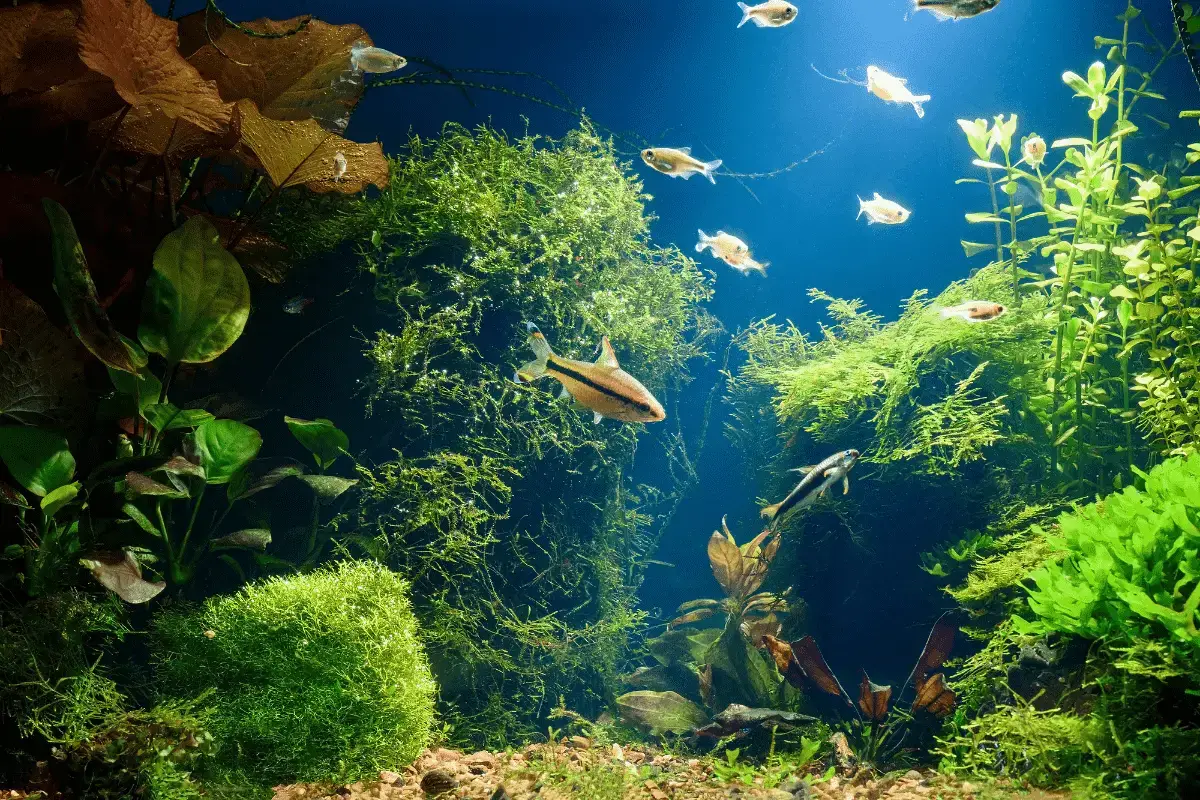
How To Grow Moss On Concrete Statues?
Read more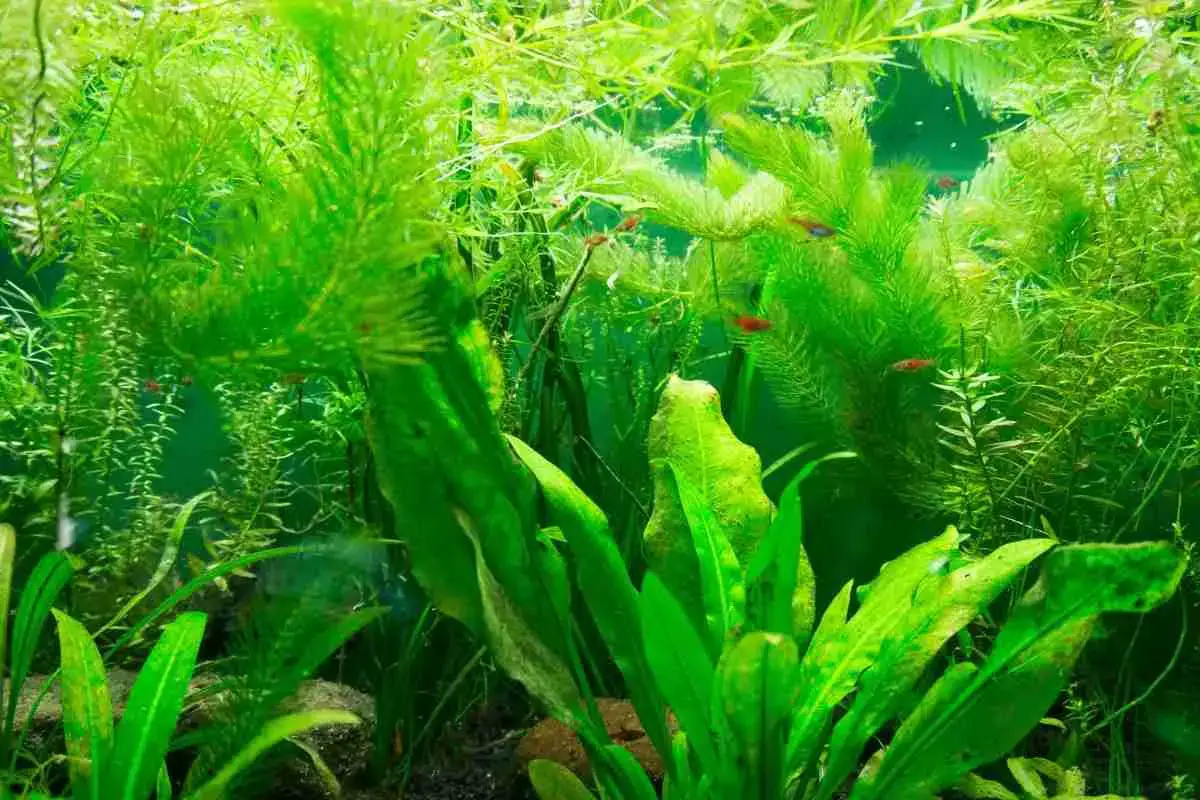
5 Simple Methods To Promote Algae Growth!
Read more
7 Easy Steps To Make An Outdoor Moss Wall
Read more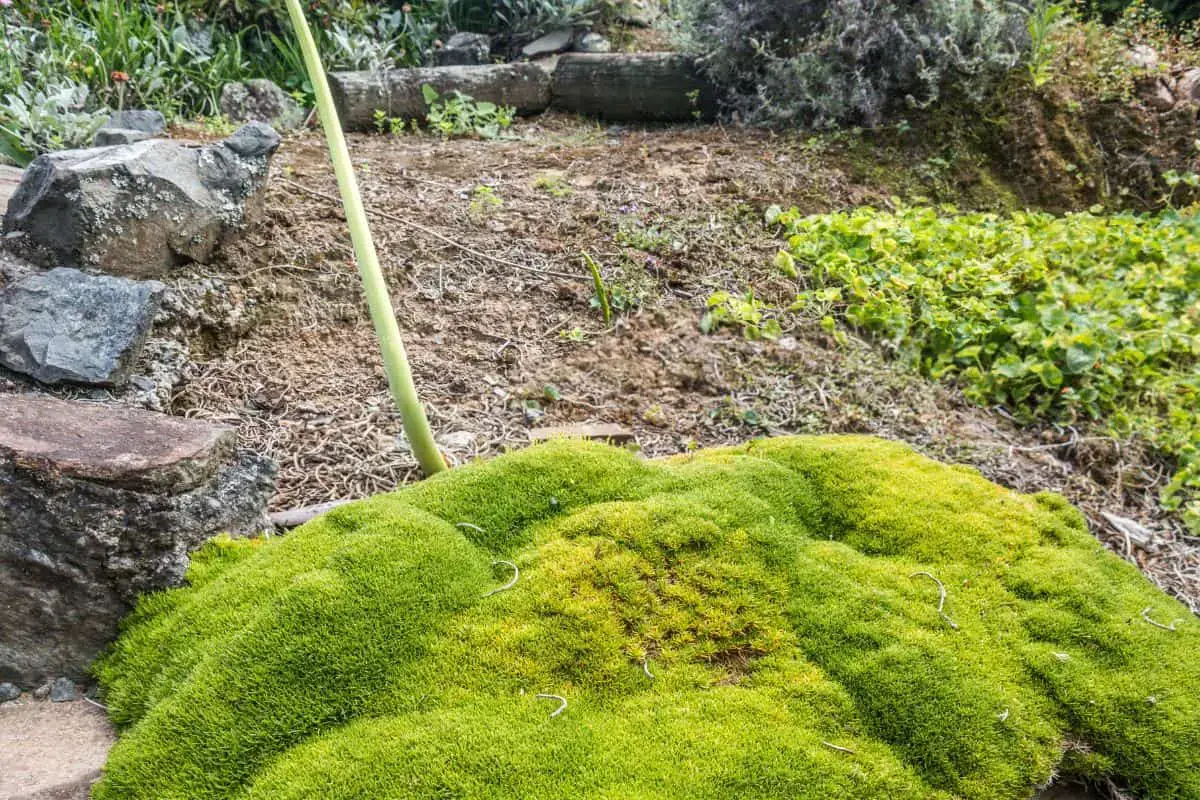
5 Steps To Make A Stunning Irish Moss Lawn
Read more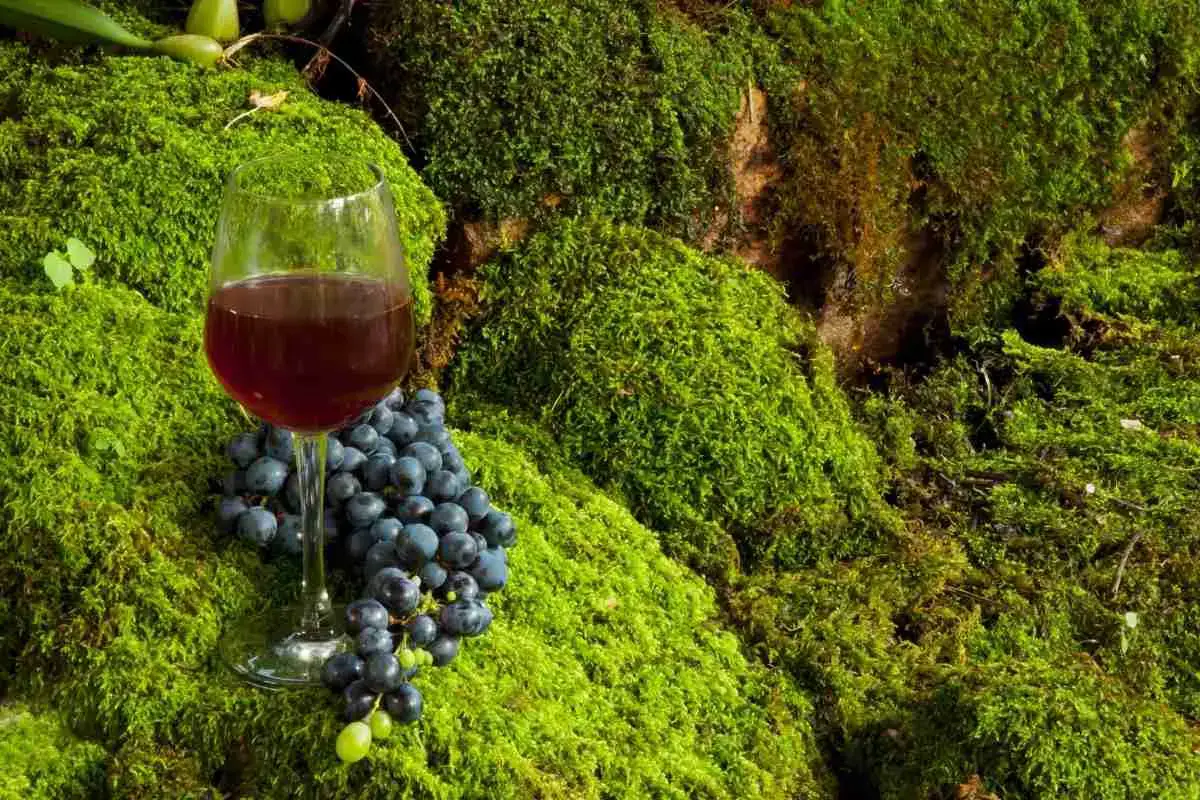
How To Grow Moss On Stone? The Ultimate Guide!
Read more
How to age terracotta pots with moss
Read more
Does Moss (Have And Use) Roots To Grow?
Read more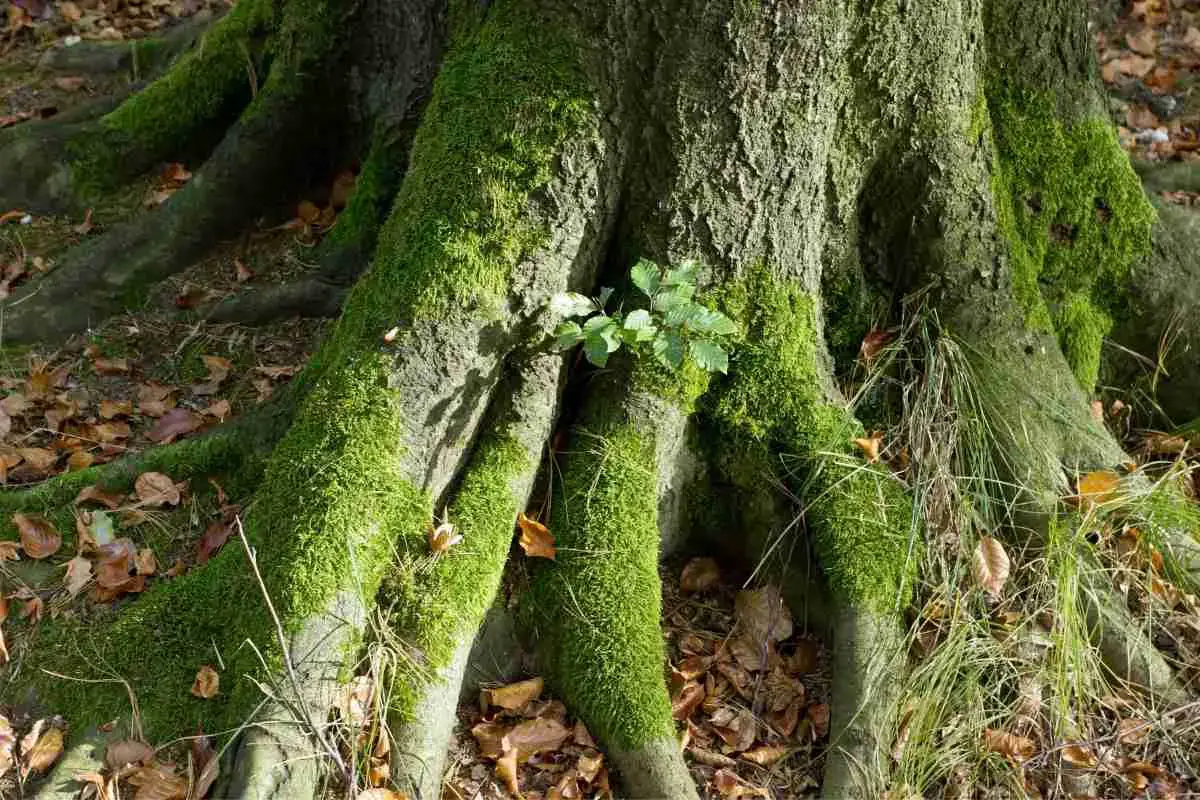
How Does Moss Grow On Trees? And Why?
Read more
5 Simple Tips To Remove Moss From Block Paving
Read more
Does Moss Need Soil? Detailed Guide
Read more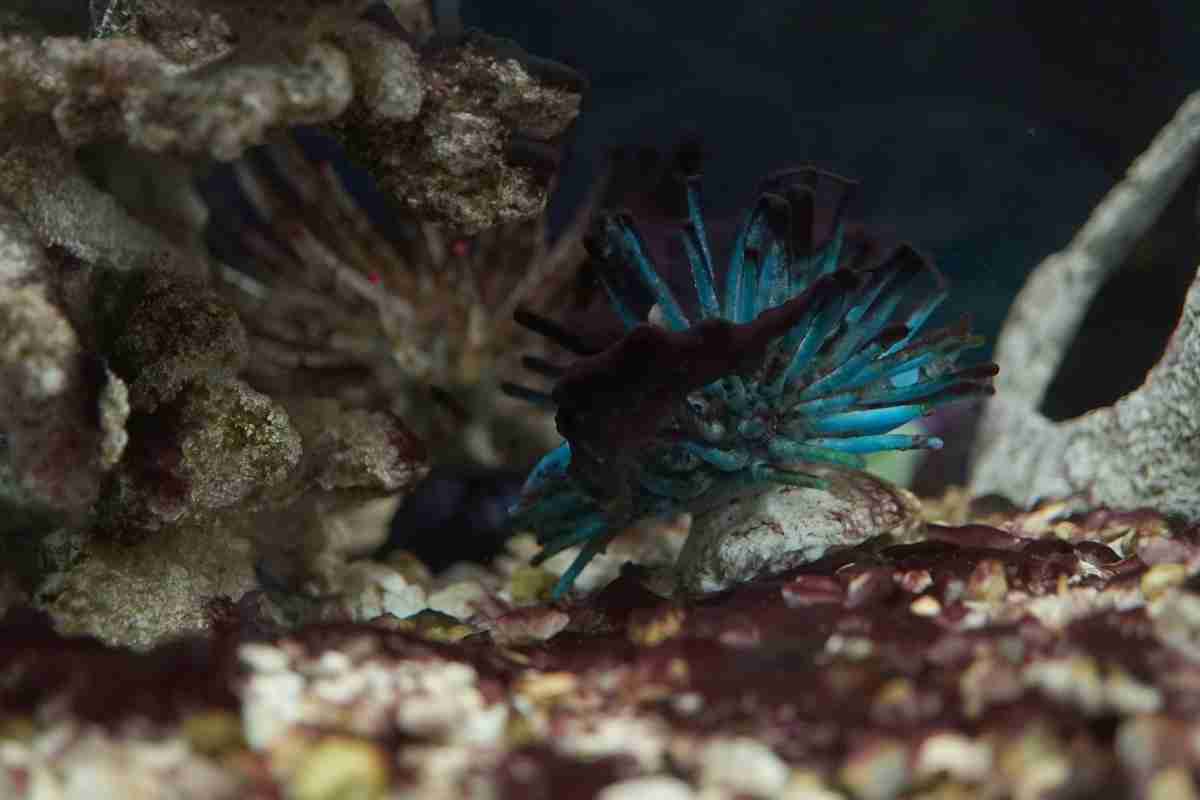
How To Get Rid Of Brown Algae In My Saltwater Tank?
Read more